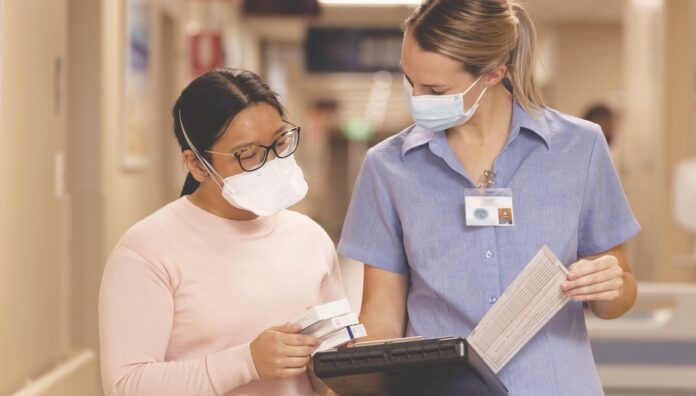It has been 3 years since medicine safety was announced as Australia’s 10th National Health Priority Area. How are we going at reducing harm – both individually and across the healthcare system?
During a routine visit to his general practitioner (GP), a 77-year-old man, Mr Z, was prescribed a daily dose of methotrexate to treat a flare-up of psoriasis. Just over 2 weeks later, he was dead from an entirely preventable cause – complications of methotrexate toxicity.
A powerful chemotherapy drug, methotrexate is occasionally used to treat severe recalcitrant psoriasis with a single weekly dose. But the treatment should only be initiated by a specialist, an inquest1 later heard, certainly not without base-line blood tests, and never in someone with renal impairment like Mr Z.
When the dispensing pharmacist recognised the prescribed dose was potentially dangerous, she called the GP to clarify the daily dose and five repeats and express her ‘extreme concern’. However, the GP checked only MIMs and assured her the dose was correct. The pharmacist, despite 3 decades’ experience, felt obliged, she’s not sure why, to dispense the drug. Over ensuing days, Mr Z ‘began to experience severe rashes, ulcers, blisters, pallor and temperature fluctuation’, the Coronial finding stated. One of his daughters called the Poisons Information Centre and was told to monitor her father and contact a doctor if it got worse. Mr Z was eventually admitted to hospital days after his treatment started and died 9 days later.
Medicine harm
The use of medicines is the most common intervention in healthcare, with more than 300 million prescriptions dispensed in Australia in 2020–21.2 But while medicines have a positive impact on many people’s lives, they can also cause problems.3 In fact, ‘unsafe medication practices and medication errors are the leading cause of avoidable harm in Australia, and globally,’ according to the Australian Commission on Safety and Quality in Health Care (ACSQHC).4
‘The real purpose of medicines is to help people, not harm people. Yet every year [across the globe] hundreds of millions of people are harmed because of medicines, including deaths,’ says Dr Renly Lim MPS, a University of South Australia Research Fellow who co-authored the first of PSA’s five medicine safety reports.3
‘The number of medicine-related hospital admissions and readmissions is also increasing, because people are now on even more medicines, due to various factors including an increasing number of co-morbidities, medication complexities and Australia’s ageing population.’
A national priority
Following the release of PSA’s report, then Federal Minister for Health Greg Hunt highlighted the urgent need to address medicine safety when he announced during his opening remarks at PSA19 that the quality and safe use of medicines would be Australia’s next National Health Priority Area.5 This was later formalised by the Council of Australian Governments Health Council.
However, Australia had a medicine safety mission even before this, having signed up to the World Health Organization’s (WHO) third Global Patient Safety Challenge: Medication Without Harm, in 2017. The challenge was to ‘reduce severe avoidable medication-related harm by 50%, globally, in the next 5 years’.6 The importance of the challenge is reinforced during the WHO’s World Patient Safety Day (17 September), which for 2022 is themed ‘Medication Safety’.
The ACSQHC has been charged with Australia’s response to the challenge, and set a target of reducing ‘avoidable medication errors, adverse drug events and medication-related hospital admissions by 50% by 2025’.7 To do this, it has proposed 12 priority actions across three areas:
- inappropriate polypharmacy
- high-risk medicines, and
- medication reconciliation at transitions of care.
ACSQHC Clinical Director Dr Carolyn Hullick says pharmacists will be vital to reaching the target, but that collaboration across the healthcare system is important.
‘Any use of medicines could result in medication-related harm, particularly without suitable medicine safety measures in place,’ she says. ‘Integrating pharmacists in the governance of medication management is crucial to proactively identifying and responding to medication safety risks.’
According to the PSA’s Australian Pharmaceutical Formulary and Handbook (APF),8 there are numerous strategies to promote medicine safety.
They include using systematic processes to manage medicines; using appropriate technology such as information recording and transfer and checking medicines; promoting a safe culture for reporting medication errors, near misses and incidents to encourage shared learning; and ensuring adequate clinical decision support, for instance with patient and medicines information at the point of care.8
At every point of contact an individual has with the healthcare system, there is an opportunity for medicines to be reconciled and reviewed, says Dr Hullick. Pharmacists can play a significant role in multi-disciplinary collaboration on medication management in hospitals, residential aged care facilities and primary care, she says, echoing another APF strategy to promote effective communication and collaboration between everyone involved in the management of medicines.8
To support medicine safety, the ACSQHC recently released a national standard to support the appropriate use and review of opioid analgesics and submitted updated Quality Use of Medicines publications to the Department of Health and Aged Care in July.
Despite it being in charge of Australia’s response, the ACSQHC doesn’t currently measure progress against the WHO’s Patient Safety Challenge.
‘It is not on the commission’s workplan,’ Dr Hullick says. However, it does measure medicine-related complications that are acquired in hospital.
‘The hospital-acquired complications data show a 36% decrease over the past 7 years in medication complications in Australian hospitals, from 7,698 in 2014–15 to 4,913 in 2020–21,’ says Dr Hullick of the promising findings. ‘This improvement suggests that efforts to mitigate risks of medication-related harm are having a positive impact.’
So what is needed for change? The PSA’s National President Dr Fei Sim says more needs to be done to monitor for inappropriate medicine use.
‘No one is keeping track, despite the federal Government signing up with a commitment to reduce medicine harm by 50%. We need a national pharmacovigilance system as soon as possible so pharmacists have the full picture speaking with patients.’
Tracking progress
Evidence of the extent of medicine safety problems in Australia was first collected in the 1990s. Since then, new treatments and changes in treatment regimens have resulted in multiple medicine use becoming much more prevalent, leading to the potential for more problems.9 However, the most recent research, a review of Australian literature published between 1988 and 2021,10 shows the number of medicine-related hospital admissions – 250,000 – hasn’t changed since PSA’s 2019 report.3
Dr Lim, who also co-authored the new study10 with colleagues at UniSA, says the lack of movement could be explained by an absence of new data. ‘This latest number does not mean that Australia has made no progress in the last 4 years. The figure simply means that there is not enough new evidence to change what we already know about the current state of medicine-related harms in Australia,’ she says.
With the funding and research associated with the quality use of medicines and medicine safety now Australia’s 10th National Health Priority Area, ‘I believe in a few years’ time we will be able to measure more accurately whether we’re making any progress’, says Dr Lim.
Box 1 – Four system changes of Action 1 of Pharmacists in 2023
| Empowering and expecting all pharmacists to be more responsible and accountable for medicine safety | |
| Recognition of issue: QUM and Medicine Safety now the 10th National Health Priority | ✔️ |
| Practice changes that focus pharmacist activities on preventing medicine misadventure, particularly at transitions of care |
? |
| Workplace reform to enhance and measure the medicine safety contribution of individual pharmacists in all practice settings |
? |
| Establish a nationally coordinated pharmacovigilance program which provides feedback on the safe and effective use of medicines | ✖️ |
Elsewhere
Benchmarking Australia’s progress internationally is also difficult, due to differences in health systems, services and populations, as well as inconsistencies in the methods used to estimate the frequency of medicine harms.
The first large review and meta-analysis to assess the prevalence of preventable medicine harm published in 2020, from 81 studies involving 285,687 patients, found a pooled prevalence for preventable medicine harm of 3% (highest in elderly patient care settings with high comorbidity and polypharmacy) and 9% for overall medicine harm.11
Medicine groups that gave rise to most preventable medicine harm included central nervous system, cardiovascular, hypnotics and sedatives, anti-inflammatory and antirheumatic, antibiotics and antibacterial drugs, the study found.
‘What we do know is that medicine-related harms are common internationally,’ Dr Lim says. ‘For example, studies in the United States and United Kingdom have shown that, depending on the population studied, between 2% and 30% of people are admitted to hospital because of medicine-related harms. And that is comparable to the figures here.’
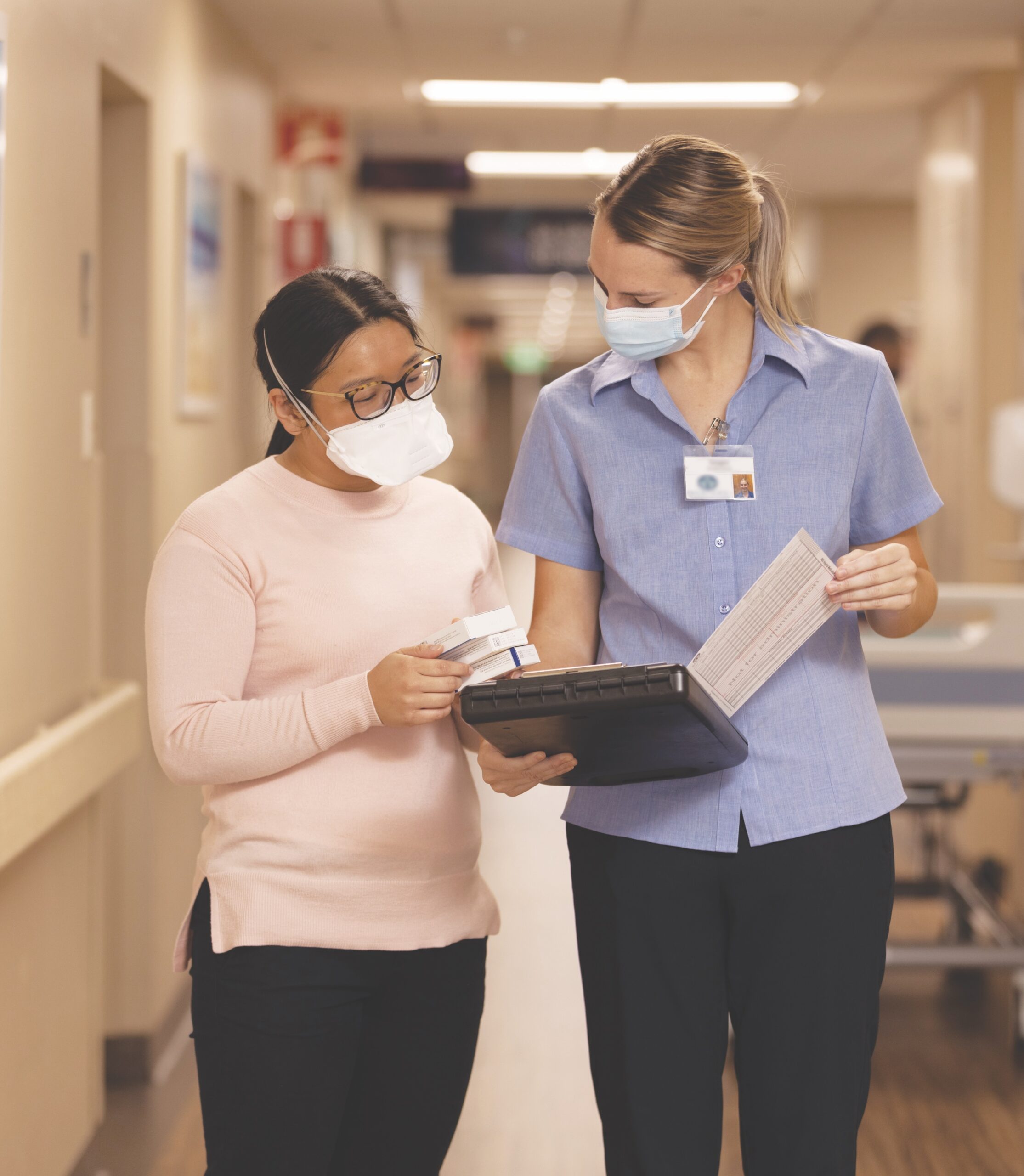 Communication
Communication
The majority of medicine-related hospital admissions in Australia involve older patients.10 This patient group is more likely to have co-morbidities, to take multiple medicines, and is also at risk of medicine misadventure during transitions of care, for example on discharge from hospital into a residential aged care facility (RACF).
Dr Sarah Hilmer AM, Head of Clinical Pharmacology and Senior Staff Specialist Aged Care at Sydney’s Royal North Shore Hospital, says communication is the main challenge that must be addressed during transitions of care.
‘It is difficult, but essential, to ensure that all clinicians involved in ongoing care (prescribing, dispensing and administration) and the patient/carer understand the current medication regimen, including any changes made, and agree with it.
‘This involves discussions between health professionals and with patients/carers, as well as accurate written information,’ she says.
‘There are also logistics challenges in ensuring that the medication is available and can be dispensed and administered safely across the transition. Addressing these issues during busy transitions of care is not easy.’ Dr Hilmer says pharmacists have a key role checking the accuracy of prescriptions, through medicine reconciliations, and acting as a communication channel.
With strong advocacy roles in the pharmacy profession already, she says ‘better communication with each other, with other health professionals and with patients and carers’ will ultimately improve quality use of medicines. ‘On transitions of care, pharmacists can help make sure that patients and/or their carers understand the medicine regimen and can access the medicines. They can also perform clinical medicine reviews, drawing the attention of prescribers to potential medicine-related problems, and opportunities to simplify medicine regimens for administration.
How can pharmacists make a difference?
The APF provides examples of how pharmacists can identify and resolve medicine-related harm, including8:
- recording a patient’s best possible medication history (BPMH)
- reconciling differences between the BPMH and medication orders, especially during transitions of care
- conducting medicine reviews
- providing medicines information to the patient.
As the most knowledgeable health professionals when it comes to medicines, Dr Lim says one of the first things pharmacists can do is to ‘take ownership’ of medicine safety. ‘Pharmacists may want to ask themselves what the current situation is where they practise, remembering that we can only improve what we are aware of,’ she says.
For instance, pharmacists could imagine themselves as their patients and identify ways to make the system safer. Or, they could put themselves in the shoes of their healthcare colleagues and identify where things could go wrong and find opportunities to improve patient safety, she says.
‘If individual pharmacists have an idea of what they can do [to improve patient safety], that would be fantastic. Otherwise, this is where researchers, peers and professional organisations like PSA come in. There are many tested and proven methods that work.’
But pharmacists can’t change things on their own, Dr Lim warns.
‘Currently, efforts to improve medicine safety seem to be either quite fragmented or not effectively implemented … I think we need a more systematic and collaborative approach to enable quicker implementation of strategies and models of care that have been proven to be effective at preventing and reducing medicine harms [to patients].
‘I believe we can only truly achieve medicine safety if everyone, not only pharmacists, works together towards this shared long-term goal. If the profession can better embrace a multidisciplinary or even interdisciplinary approach to solving problems, and lead by example, then there will be a shift in culture in terms of health professionals working together instead of in isolation.’
What’s next?
Medicine safety is an ongoing challenge, and one PSA is determined to help address, says Dr Fei Sim.
This includes continuing to advocate for the implementation of recommendations from its Medicine safety reports. ‘These recommendations include that medicine safety as a National Health Priority Area should initially focus on addressing medicine-related harm in aged care and should then focus on other higher risk populations. These recommendations also include better pharmacovigilance systems, as well as error and near-miss recording in primary care settings.’
‘PSA is working hard,’ Dr Sim says, ‘to formalise the pharmacist’s role in multidisciplinary healthcare teams, alongside commensurate remuneration.’
As the roles of pharmacists evolve and expand to include settings such as aged care facilities, it is vital that pharmacist remuneration evolves concurrently, reflecting their impact and expertise.
It has already succeeded in getting the on-site aged care pharmacist program off the ground from January 2023, which will help improve medicine safety for older Australians by ensuring all government-funded RACFs can employ a pharmacist.
‘This is an early win for PSA under the National Health Priority Area,’ Dr Sim says, and a model to be ‘replicated across other areas, such as disability care, in the future’.
As the UK meta-analysis confirmed, preventable medication-related harm is a ‘frequent and enduring serious problem’ with geriatric care a ‘highly problematic healthcare setting’ and part of WHO’s safety initiative. Further research is needed to better understand where improvements can be made in less-developed countries.11
Meanwhile, the Coroner at the inquest into Mr Z’s death found it was ‘needless and entirely preventable’.
The GP’s response, that he had checked MIMs when the pharmacist had called, during which she conveyed her ‘extreme concern’ about the daily dose of the drug prescribed, was ‘lamentable’, she said.1
Of ‘particular interest’ to the Coroner was ‘whether pharmacists needed to be empowered in their dealings with medical practitioners, and if so, how to facilitate it’.1
‘Mr [Z] died because a dangerous drug was inappropriately prescribed and then dispensed,’ the Coroner found.
‘The fact the drug was intended to treat a non-life-threatening skin condition makes his death all the more tragic and the decisions to prescribe and dispense all the more inexplicable.’
References
- Coroners Court of Victoria. Finding into death with inquest. 2018. At: www.coronerscourt.vic.gov.au/sites/default/files/2018-12/ianjohngilbert_074215.pdf
- Australian Institute of Health and Welfare. Medicines in the health system. 2020. www.aihw.gov.au/reports/australias-health/medicines-in-the-health-system
- Pharmaceutical Society of Australia. Medicine safety: take care. 2019. www.psa.org.au/wp-content/uploads/2019/01/PSA-Medicine-Safety-Report.pdf
- Australian Commission on Safety and Quality in Health Care. WHO World Patient Safety Day 2022. 2022.
www.safetyandquality.gov.au/our-work/medication-safety/who-global-patient-safety-challenge-medication-without-harm/who-world-patient-safety-day-2022 - Cooke J, Chalmers J. Medicine safety announced as a National Health Priority Area. 2019. www.australianpharmacist.com.au/medicine-safety-announced-national-health-priority-area/
- World Health Organization. Medication Without Harm. www.who.int/initiatives/medication-without-harm
- Australian Commission on Safety and Quality in Health Care. Medication without harm – WHO Global Patient Safety Challenge. Australia’s Response. 2020. www.safetyandquality.gov.au/sites/default/files/2020-04/medication_without_harm_-_australias_response._january_2020.pdf
- Sansom LN, ed. Australian pharmaceutical formulary and handbook. 25th edn. Canberra: Pharmaceutical Society of Australia; 2021.
- Roughhead L, Semple S, Rosenfeld E. Literature review: medication safety in Australia. Sydney: Australian Commission on Safety and Quality in Health Care; 2013.
- Lim R, Kalisch Ellett LM, Semple S et al. The extent of medication-related hospital admissions in Australia: a review from 1988 to 2021. Drug Saf 2022. Epub 2022 January 28.
- Hodkinson A, Tyler N, Ashcroft DM et al. Preventable medication harm across health care settings: a systematic review and meta-analysis. BMC Med 2020;18(313). At: https://bmcmedicine.biomedcentral.com/articles/10.1186/s12916-020-01774-9
- Pharmaceutical Society of Australia. Pharmacists in 2023. 2019. At: https://www.psa.org.au/wp-content/uploads/2019/02/Pharmacists-In-2023-digital.pdf



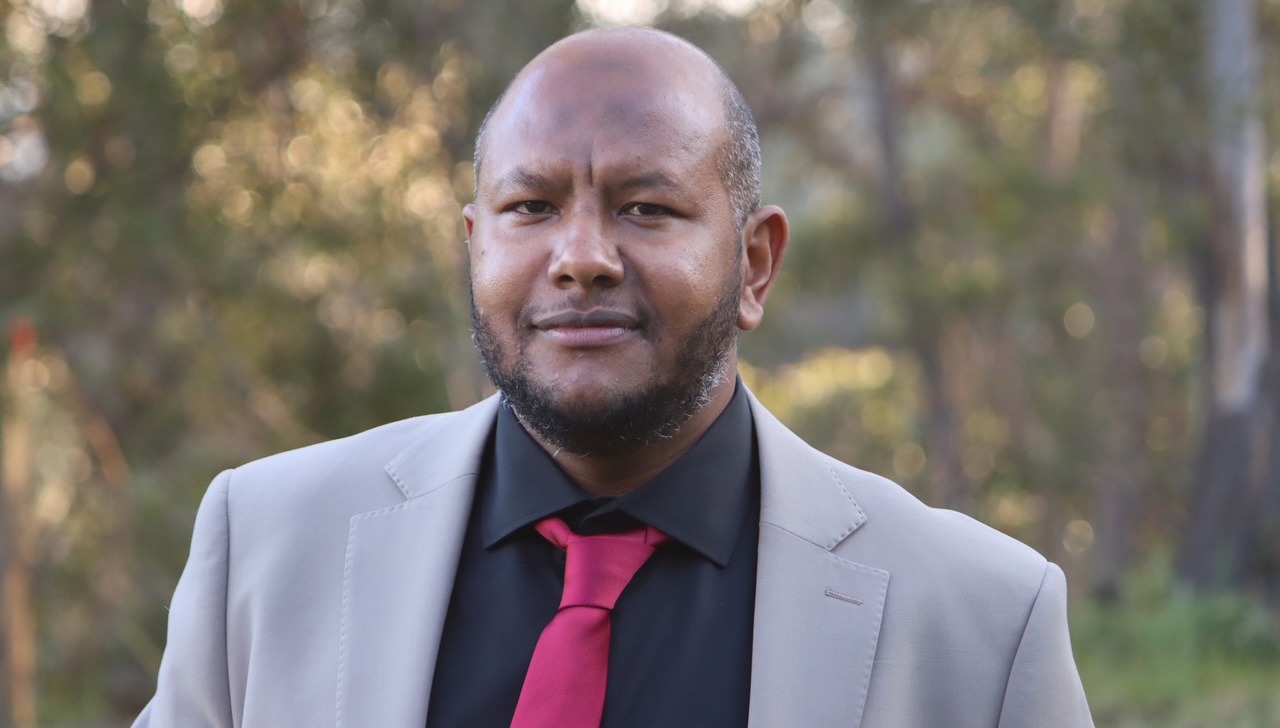 Now a PhD candidate, former Sudanese refugee and NSW Pharmacist of the Year
Now a PhD candidate, former Sudanese refugee and NSW Pharmacist of the Year 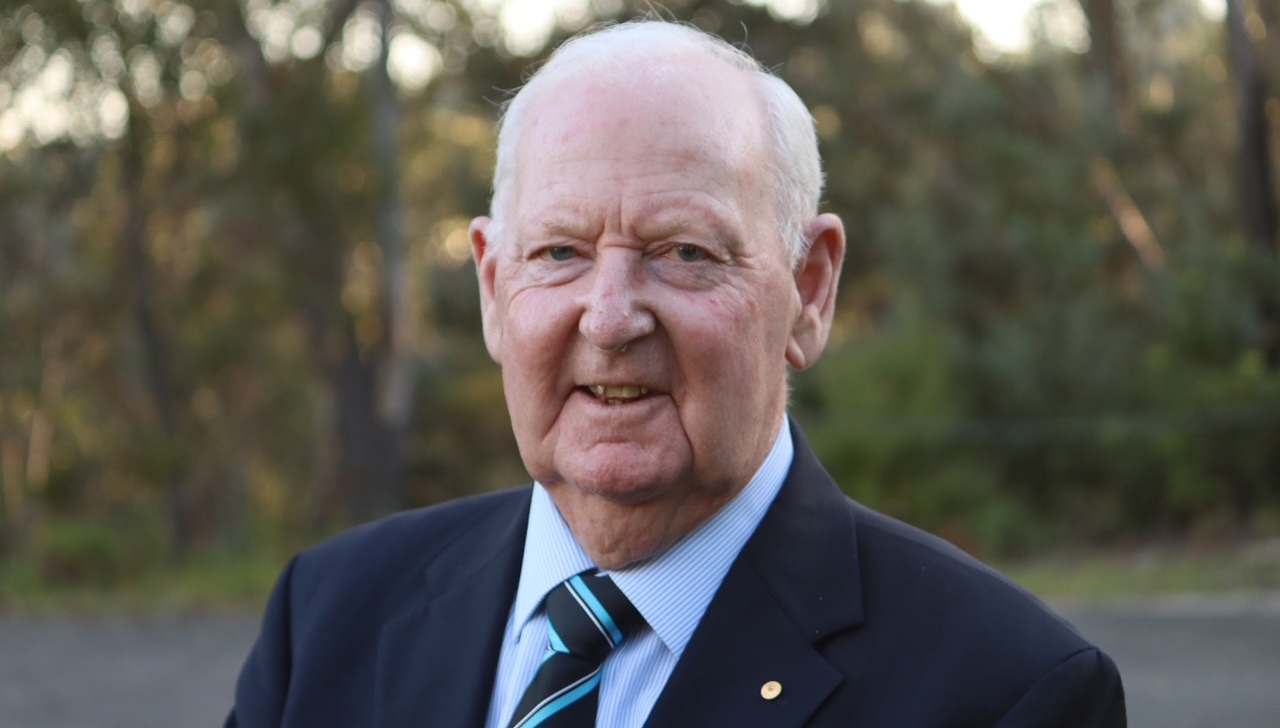 David North OAM
David North OAM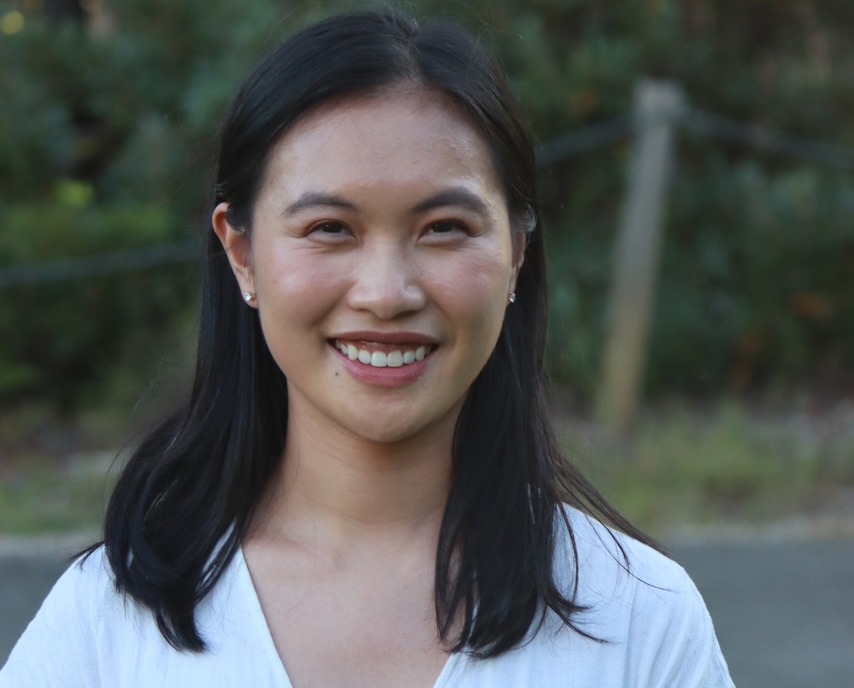 NSW Early Career Pharmacist of the Year Lily Pham
NSW Early Career Pharmacist of the Year Lily Pham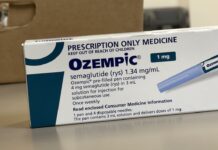



 Professor Stephen Nicholls[/caption]
Professor Stephen Nicholls[/caption]
